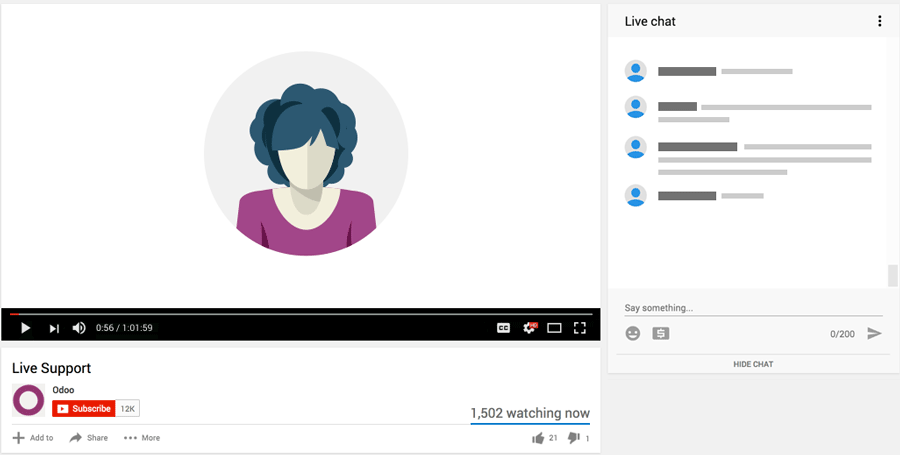Inter company transactions are best handled via the Transfer of funds through a DUE TO / DUE FROM Account (or Accounts).
- it closely matches the steps in the real world.
- it follows accounting best practices many Book-keepers, Accountants and Controllers will be familiar with.
- a transfer can be printed as a check, in case funds need to be moved this way
- no AP or AR is involved.
- no special account types are needed.
- a reconcilable Journal Entry for each Bank Account involved is created to match the bank statement withdrawal / deposit activity.
- bank statements (no lines needed, just starting balances) can be created to compare and record the end of period balance in the DT/DF account(s).
- bank statements (lines manually added) can be used to reconcile each DT/DF account.
- you can show the DT/DF account balance(s) anywhere on the Balance sheet.
Some
businesses have two accounts. For a given Company A, the first account -
DUE TO B - is a liability account that represents the money Company A
owes to Company B. The second account - DUE FROM B - is an asset
account that represents the money Company B owes to Company A.
Some
businesses have one account. Company A would create a liability
account DUE TO / DUE FROM B to represent both things. A positive
balance means Company B owes Company A money. A negative balance means
Company B owes Company A money.
My example will use a single account.
1. Setup the Accounts in each Company. Here, we have two companies - PARENT and SUBSIDIARY.

2. Setup a Journal in each Company.
The Parent Journal is named "Subsidiary" to indicate the flow of funds to and from the subsidiary:

The Subsidiary Journal is named "Parent" to indicate the flow of funds to and from the Parent:

3. For each funding transaction, transfer funds in both Companies:

In the Parent, fund the Subsidiary:

In the Subsidiary, receive the funds from the Parent:

The partial Parent Balance Sheet after funding:

The partial Subsidiary Balance Sheet after funding:

The
Consolidated Balance Sheet after funding - note the cash sent /
received and liability / asset [negative liability] cancel each other
out:

Journal Entries that were created:

Notes:
You may wish the create a Payments Menu (perhaps within a new Parent Menu "Inter Company" in between Sales and Purchases in the Accounting App) to make these transactions easily available.
Hide the new Journals if there will be no reconciliation or matching of these transactions.
Name the new Journals "Transfer to/from Subsidiary" and "Transfer to/from Parent" if money will be moving in both directions between Companies.











